The author Constance Fenimore Woolson (1840-1894), who wrote five novels for adults and dozens of stories, was widely considered during her lifetime one of the most important American fiction writers of the nineteenth century.
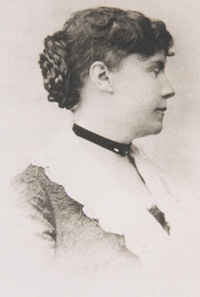
While Woolson may not be a household name today, she is a bit of a novelty for students of American literature because of her close friendship with Henry James, who enshrined his memories of her and their friendship in some of his most famous works, The Beast in the Jungle and The Wings of the Dove. However, Woolson was a prolific and successful writer herself, despite the fact that she continues to languish in the Master’s shadow.
Woolson’s work, often compared to that of James and George Eliot, was considered by many to be superior to that of any living American woman writer, and some believed she deserved the title of America’s “novelist laureate.” The leading magazine and book publisher Harper & Brothers sought and received an exclusive contract with her. James paid tribute to her in his collection Partial Portraits (1888), discovering in her stories about the Reconstruction-era South “a remarkable minuteness of observation and tenderness of feeling on the part of one who evidently did not glance and pass, but lingered and analyzed.”
At the height of her career, Woolson managed that difficult combination of critical and commercial success. She impressed the predominately male critics, who called her work “original,” “powerful,” “ artistic,” “true,” and “real,” distinguishing it from the writings of most her American female contemporaries and predecessors. Her first novel, Anne (1882), was her most successful, selling 57,000 copies, nearly ten times as many as Henry James’s The Portrait of a Lady, published at about the same time.
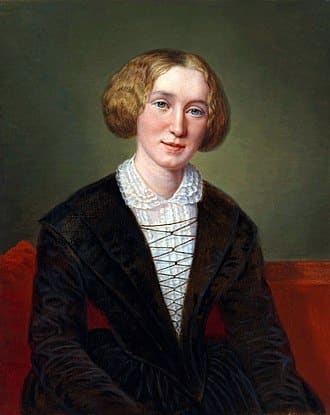
In fact, when the two writers first met in 1880, James took time out from working on his masterpiece to show Woolson around Florence for four weeks because she reminded him of the heroine he was trying to capture on the page. She had always been, like Isabel Archer, full of ideas of her own and eager to express them. Isabel was an exceptional creation because she seemed determined to choose her own path in life. As she first encounters Europe, her great charm is her openness to new sensations, her fondness for her own liberty, and her independent mind. She is unattached and free to make her own way in life. No wonder that when Woolson first read The Portrait of a Lady, she felt as if she were looking into a mirror.
Much of what we think we know of nineteenth-century women’s lives comes from men’s portraits of them—the fictional as well as the historical—with James’s Isabel Archer at or near the head of the list. Woolson, however, was much more than James could imagine on the page: a woman artist as committed to her writing as he was. What distinguishes Woolson as a nineteenth-century woman writer is her great ambition to succeed as a literary artist and the fact that she achieved her goal to a greater degree than any other American woman writer before Edith Wharton, her successor of the next generation.
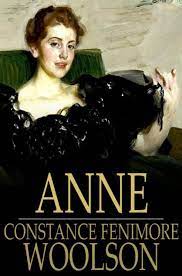
When Woolson died in Venice in 1894, she was hailed by her editor, Henry Mills Alden, as “a true artist” whose writings possessed a “rare excellence, originality, and strength [that] were appreciated by the most fastidious critics.” In the New York Tribune, the influential poet and critic Edmund Clarence Stedman compared her to Jane Austen and the Brontës, calling her “one of the leading women in the American literature of the century.” Newspapers all over the U.S. and Europe reported her death first as unexplained and then as a suicide. Her family refuted the reports, but speculation has run rampant ever since. There is nothing like a mysterious death—in this case falling or jumping from a third-story window—to keep your name alive but also to obscure the life that you lived.
Woolson was a path-breaker, not only in terms of her writing but also in terms of the life that she lived. She was raised in Cleveland, Ohio, the daughter of a stove manufacturer, to be a cultured, well-educated young woman who would make a fine wife and mother someday. She came close to marrying during the Civil War, but her beau never returned to Cleveland, instead moving to Hawaii and marrying a sugar heiress. When her father died in 1869, Woolson turned to her prodigious literary talent in an effort to support herself and her mother. She very quickly gained the attention of Harper’s and other magazines, aided by her middle name, Fenimore, which she shared with her famous great-uncle, James Fenimore Cooper. But it was the quality of her writing that earned her the fame that came to her over the next decade as a pioneer in the regionalist short story, depicting dislocated adventurers and outcasts in the Great Lakes and in the Reconstruction South.
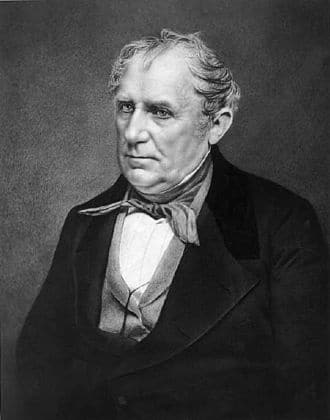
In December 1879, after her mother’s death, she traveled to Europe, free for the first time to live an independent life as an artist. She spent the next thirteen years moving from one pension or apartment to another all over Europe, primarily in England, Switzerland, and Italy. She even lived in Cairo for three months, by herself. Constance Fenimore Woolson dared to live independently at a time when such lives were only available to men. Although she enjoyed her freedom, she also suffered from financial worries and finally, in January 1894, she came to the conclusion that she was too ill to write another novel and was therefore no longer able to support herself.
During an illness, she either fell or jumped from her window and died shortly thereafter. Before she died, however, Woolson had insisted on her body being transported to Rome, despite the difficulties of cost and transportation. She wanted to be buried in Rome’s Protestant Cemetery amid the famous foreign writers and artists who had died in Italy, including John Keats and Percy Bysshe Shelley. Her last wish indicates how much she hoped to be remembered as an important author in her own right rather than simply as a tragic inspiration to others.
Recommended Reading
This post is by Anne Boyd Rioux, author of Constance Fenimore Woolson: Portrait of a Lady Novelist:
Anne Boyd Rioux is Professor of English at the University of New Orleans as well as author of Constance Fenimore Woolson: Portrait of a Lady Novelist and editor of a collection of Woolson’s stories, Miss Grief and Other Stories, both published by W.W. Norton. She also writes a monthly newsletter, “The Bluestocking Bulletin,” that profiles little-known but important women writers. She can be found online at AnneBoydRioux.com, as well as on Facebook and Twitter.


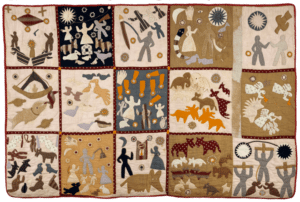
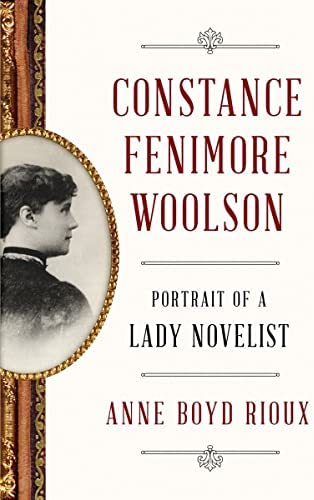
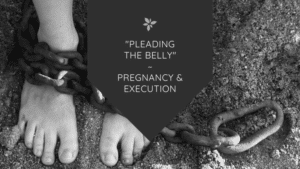
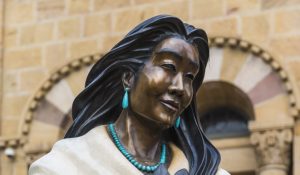

Leave a Reply